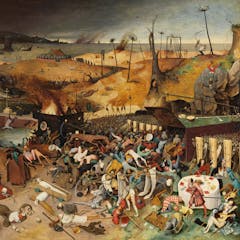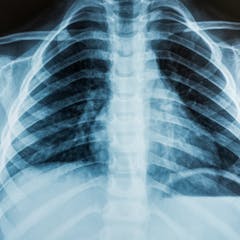
Articles on Skeleton
Displaying 1 - 20 of 22 articles

Having asymptomatic flat feet is not a problem and does not require treatment. It’s important to debunk this common myth.

DNA dating could complement radiocarbon technology to help make archaeology more accurate.

The newly discovered species – Qikiqtania – highlights evolution’s twisty, tangled path.

What does it take to deliver a medal-winning performance in skeleton, which involves racing down a banked track faster than a car on a freeway, with your face mere centimetres from the ice?

Il y a très peu de neige en Afrique, mais, depuis 1984, au moins un pays africain a participé à chaque édition des Jeux olympiques d'hiver. Ce qui a fait des athlètes envoyés des pionniers.

It may look like athletes in bobsled, luge and skeleton simply grab a sled and hang on until the bottom, but high-speed physics and tiny motions mean the difference between gold and a crash.

An analysis of 21 former Winter Olympic venues found that only one of them would be suitable and offer safe racing conditions for athletes if greenhouse gas emissions continue to rise.

Halloween, with its mix of the macabre and the playful, provides a moment to reflect on how closely life and death are interwoven – especially in the COVID era.

Paleontologists have discovered fossil remains belonging to an enormous ‘toothed’ bird that lived for a period of about 60 million years after dinosaurs.

People have lived with infectious disease throughout the millennia, with culture and biology influencing each other. Archaeologists decode the stories told by bones and what accompanies them.

Scientific advances are allowing forensic archaeologists to shed light on mysteries long thought unsolvable.

The wonderful changeable skeleton.

Analysis of bones from over hundreds and thousands of years ago suggests that our skeleton today is more fragile than that of our ancestors.

New research has rubbished perceptions of Roman Britain as a region inhabited solely by white Europeans.

The science behind the suits that gave Britain’s medal-winning athletes a crucial speed boost.

Maeve, age 8, has a question that has stumped many scientists over the years. And that’s because it’s a surprisingly tricky question to answer. It depends a bit on what you mean by ‘person’.

Scientists have identified a small number of people whose skeletons are extraordinarily break resistant, offering hints on how to make the bones of ordinary people stronger.

Many must wish that Shakespeare’s final words to posterity consisted of something more than a curt demand to be left alone.

Studying how athletes’ bones contort during exercise is helping scientists understand which exercise is best for maintaining healthy bones as we age.

Some things that develop as normal in elephant sharks and other marine life can mimic things we see in human disease. That makes these ‘mutants’ ideal for study to find out why things go wrong in humans.
